Hi gaming fans, we are Aleksandra, Michalina and Sarah from the Centre for Systems Solutions, a Polish-based organization developing and applying social simulations that engage individuals and organizations in problem-solving processes. We had the pleasure to contribute an article about four of our games about a year ago—today, we want to inspire you with two more: Flood Resilience Game and The World’s Future. What were the ideas behind the games? Why are they helpful tools for organizations? These and other questions we will answer in our post—enjoy reading!
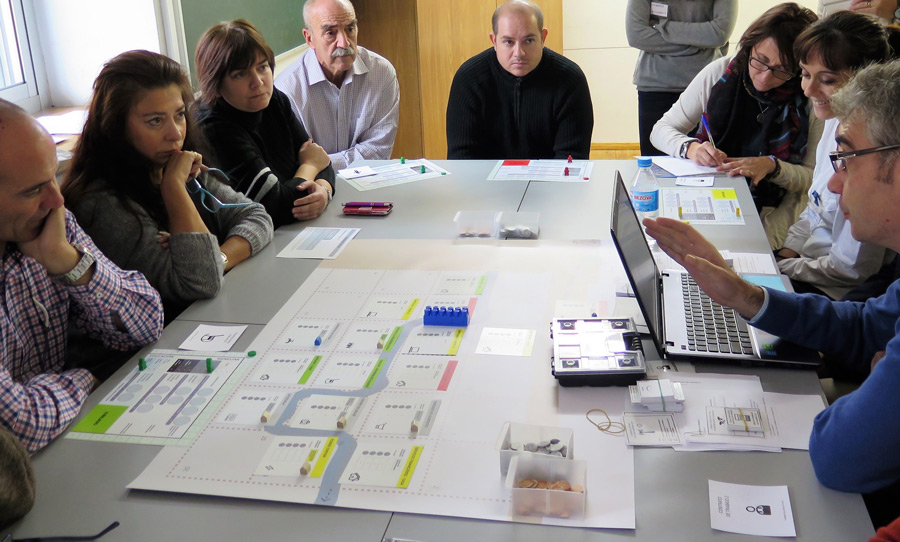
Social simulations
To give you an insight to our work on social simulations, we will start with some basics—a social simulation is a type of multiplayer serious game where emphasis is put on building relations between players. Social simulations are foremost focused on “serious” goals rather than just entertainment. They are thus often used in educational, training or awareness-raising contexts. The word “simulation” means that this type of activity stimulates the key aspects of some process that we want to explore. How? By employing e.g. problem cards, pictures, tokens, boards, etc. The social component, on the other hand, presupposes an active engagement of the players, which is achieved by group scenario building, role-playing, negotiating, brainstorming and other interactions among the participants. As a consequence, social simulations offer a realistic but simplified representation of a selected problem and create a safe environment for practicing and pretesting various solutions and strategies.
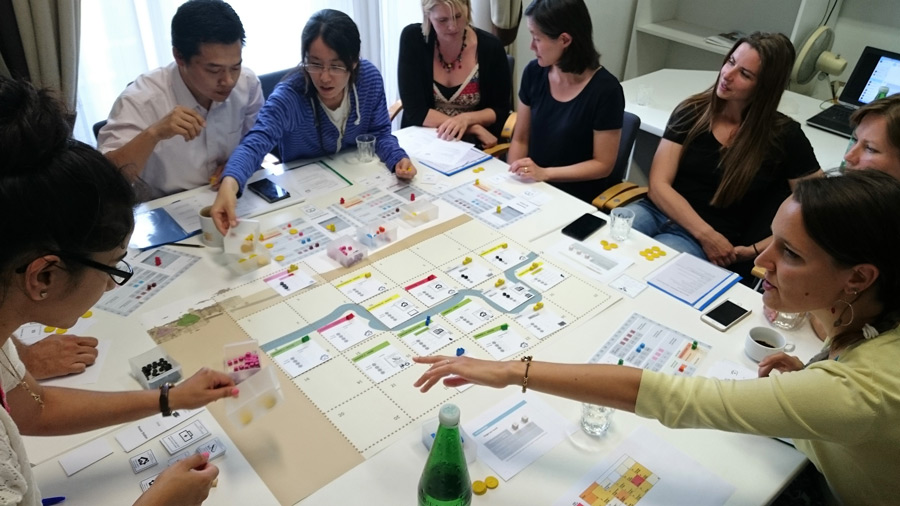
Flood Resilience Game
Enough for the theory. Let’s explore some examples, starting from the Flood Resilience Game. This fascinating board game has been created to promote the concept of resilience. It is often said that what really counts in times of adversity is not so much physical power but a strong psyche, flexibility and ability to ‘bounce back’. “The green reed which bends in the wind is stronger than the mighty oak which breaks in a storm,” as an old fable concludes. It is especially true in the context of disaster management, where the resilience is defined as “the ability of a system, community or society to pursue its social, ecological and economic development objectives, while managing its disaster risk over time in a mutually reinforcing way”.
Unfortunately, the experience shows that in many cases, the disaster resilience is mistaken for investing in hard infrastructure and short-term activities, whereas other aspects, such as social, natural or human capital are frequently ignored, and the role of the cooperation underestimated. The Flood Resilience Game was designed to address this problem and to help players recognize potential trade-offs and consequences of their decisions on resource use and disaster risk reduction.
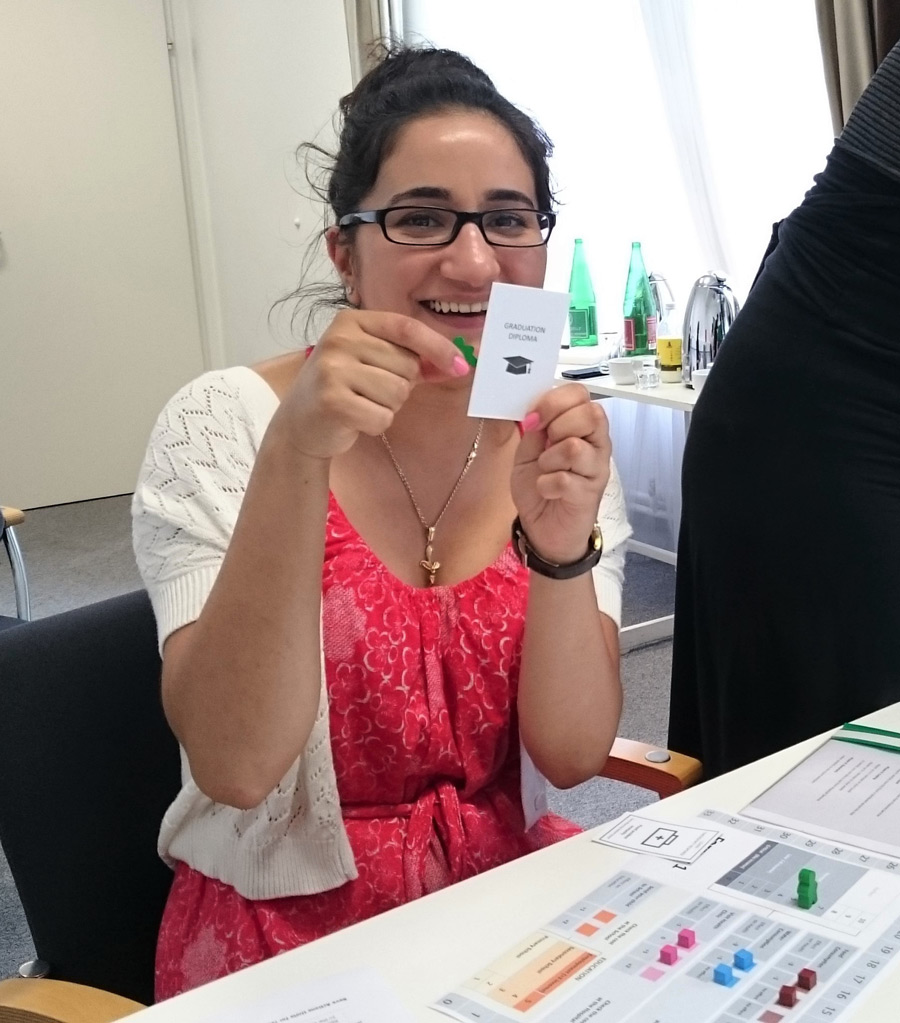
In the Flood Resilience Game, players take on the roles of citizens, members of the local government, or water board officials living together in a flood-exposed valley. The simulation is played over four rounds, during which floods of various magnitudes strike. Such sequential gameflow develops gradually, allowing players to discover the underlying flood mechanisms step-by-step, prepare for and act against the threat, collectively prioritizing tasks and observing the consequences of the decisions. Wrong ideas are being verified, new long-term strategies developed, and finally players gain a better understanding of ways that lead to community resilience.
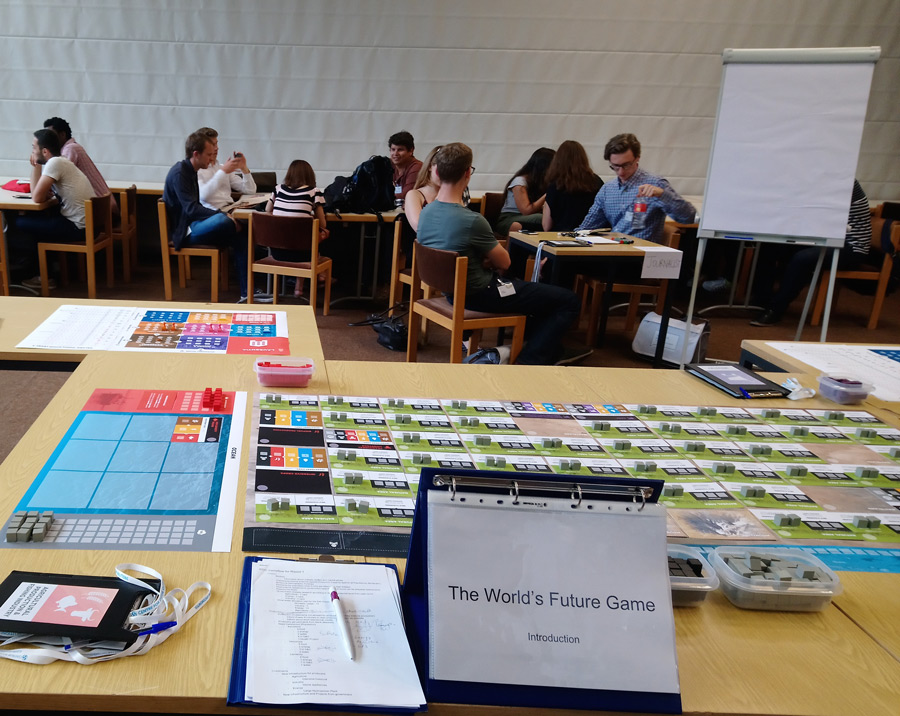
The World’s Future
While the Flood Resilience Game aims to raise the flood risk awareness, The World’s Future undertakes even a more ambitious goal to explore the Sustainable Development Goals (SDGs). For some time researchers have claimed that our planet has certain environmental boundaries that determine the “safe operating space for humanity.” According to this concept, if we continue to exploit the Earth’s resources and pursue overconsumption trends, we may cause an irreversible disaster.
To counteract the increasing degradation of natural system without sacrificing human ability to meet their basic needs, 17 major targets for the year 2030 were set by the global community. While putting emphasis on tackling climate change and environmental protection, the Sustainable Development Goals integrate environmental objectives with the aim of ending poverty, ensuring economic growth and addressing a wide range of social needs including education, health, social protection, and job opportunities.
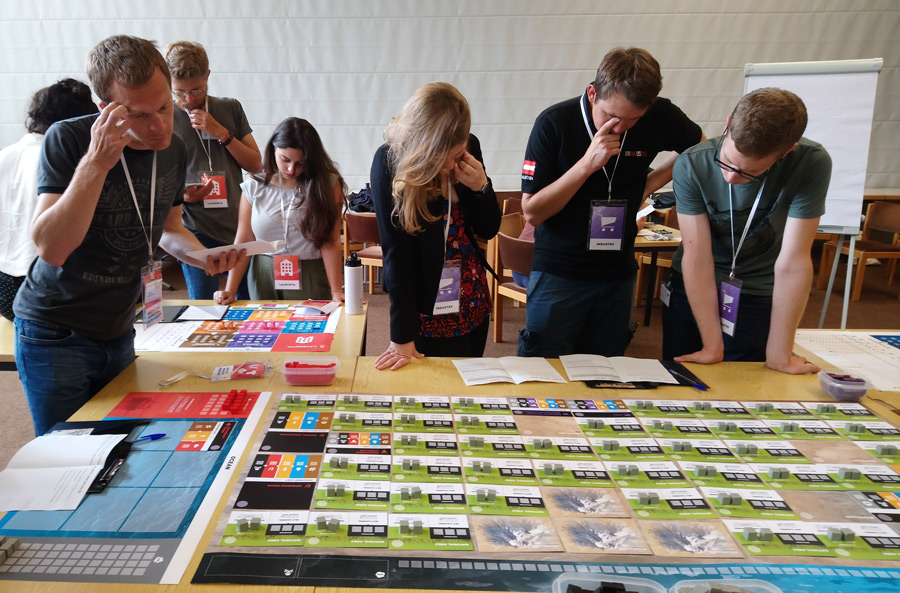
The SDGs work in the spirit of partnership and offer a unique opportunity to put the world on a more prosperous and safe path. However, their pursuit remains one of the most challenging tasks of our times. The task that has become the main objective of the World’s Future game. Participants of this rich social simulation enter the roles of international policy-makers and try to ensure the economic and social stability within their countries, at the same time meeting the Sustainable Development Agenda requirements. The world’s future is literally being negotiated, triggering conflicts and revealing shameless policy gaps. The simulation has been already played by policy-makers, professionals, and students across Europe (e.g. at the Organisation for Economic Co-operation and Development, the European Commission or the European Forum Alpbach), and all of them admit that it provides critical insight into the complex character of human-nature system.
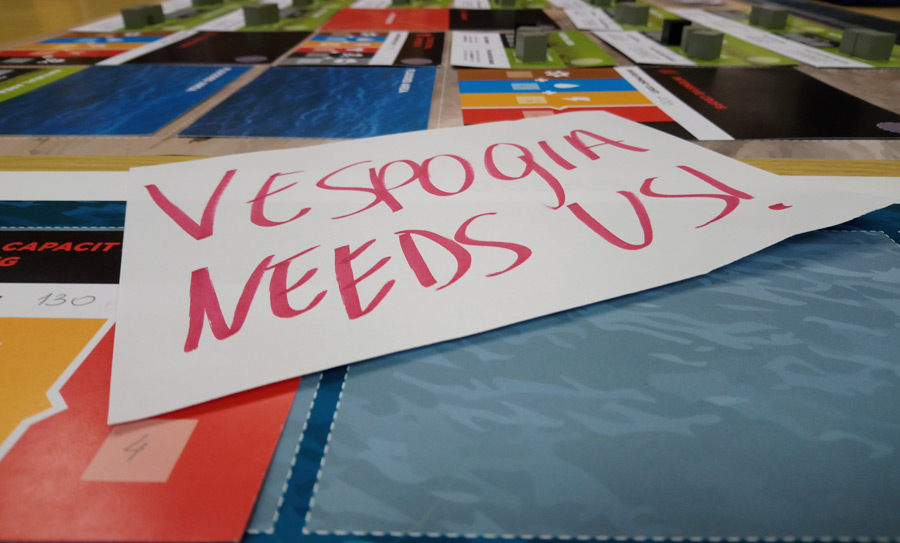
Creating the experience
So how were the Flood Resilience Game and The World’s Future game created? Simulation design is based on the design thinking. While designing a simulation, we at CRS go through all the steps of this process: empathizing, defining a problem, ideating, prototyping and testing. The key to creating a social simulation is to firstly identify our audience and their needs. For example, the Flood Resilience Game was created with the idea to raise the flood solutions awareness among communities from flood-prone areas.
The second step is to understand the challenges, problems, situations, important stakeholders and how all of those aspects interlink and affect the overall shape of the systems. This phase of the process is often supported by vast research, interviews with stakeholders, and through knowledge input from sustainability specialists. Defining a problem is sometimes a challenge itself. Packing all 17 SDGs into one game—The World’s Future—was an arduous task!
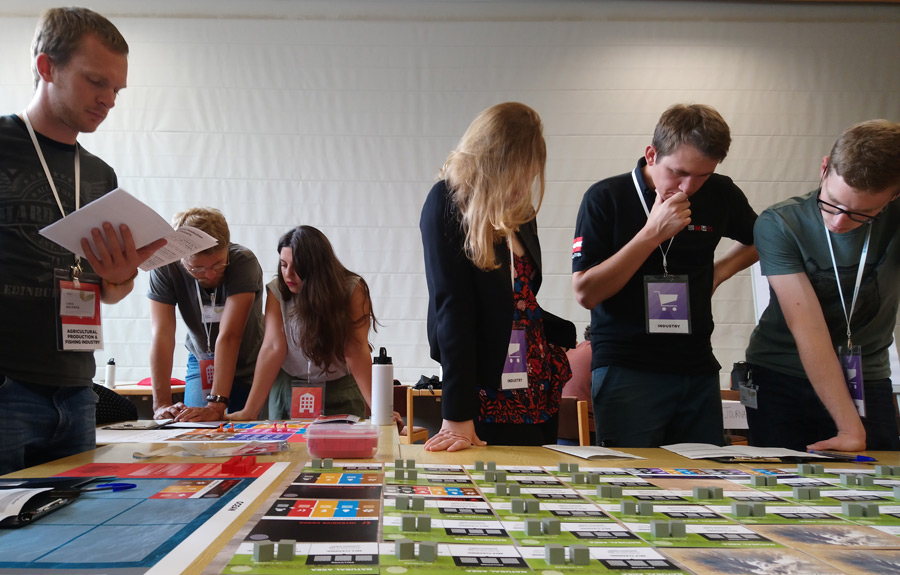
Ideating is next. This is where we think about how to reflect the 2nd step in the game while taking into account all needs of an audience—even those more mundane, like the size of the materials, colors included, the complexity of mechanics and more. One of the final stages in game design is prototyping. It involves playing with various ideas for mechanics and with the in-game world, roles, and challenges. Also, we try out the materials, interface, and UX. And of course there is testing, lots and lots of testing with the target audience in order to deliver the most meaningful experience possible. Last but not least, the game design does not stop when the final prototype is completed. We always consider feedback of game participants.
As you see from the examples provided, gaming constitutes an excellent alternative to more traditional lecture-based workshops. In contradiction to typical classroom activities, it leaves space for active problem-solving and awareness-raising. What is more, although it usually illuminates important issues, it is exciting and inspires players to do something more, something that makes our world a better place.
Photo credits: Centre for Systems Solutions / Used with permission.
Did you like this story? Please share or comment. Go to this page to submit a story yourself. Subscribe to our online magazine here!
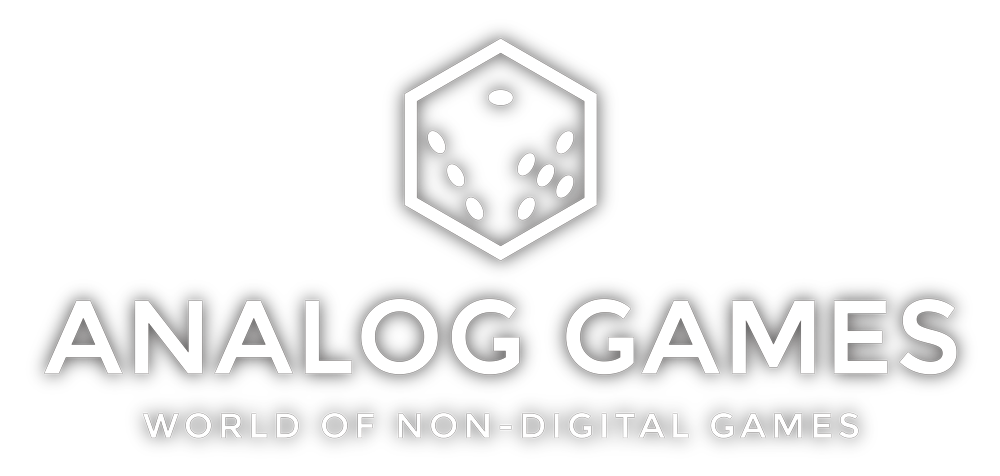
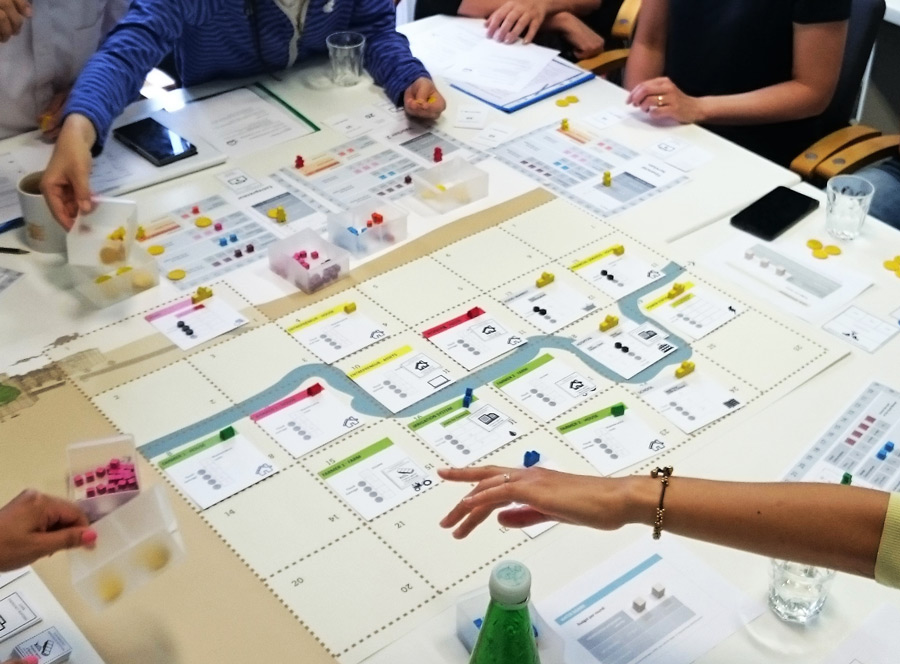
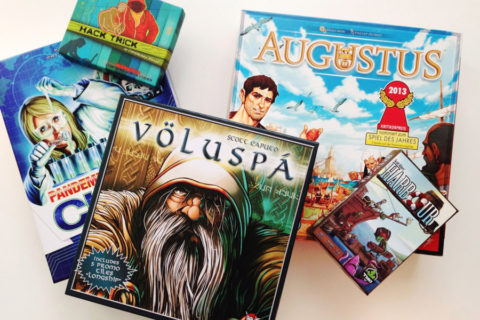
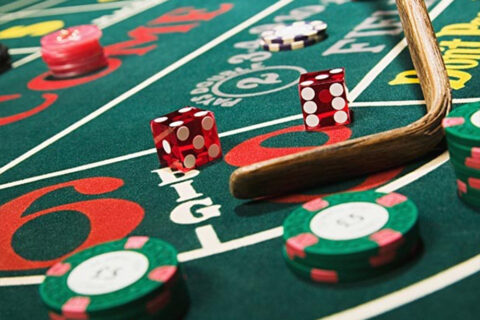

이용이유가생기는곳 먹튀검증 안전노리터 go
I came to this site with the introduction of a friend around me and I was very impressed when I found your writing. I’ll come back often after bookmarking! baccaratcommunity
I’m writing on this topic these days, casinosite, but I have stopped writing because there is no reference material. Then I accidentally found your article. I can refer to a variety of materials, so I think the work I was preparing will work! Thank you for your efforts.
Looking at this article, I miss the time when I didn’t wear a mask. casinosite Hopefully this corona will end soon. My blog is a blog that mainly posts pictures of daily life before Corona and landscapes at that time. If you want to remember that time again, please visit us.
I’ve been troubled for several days with this topic. bitcoincasino, But by chance looking at your post solved my problem! I will leave my blog, so when would you like to visit it?
At the beginning, I was still puzzled. Since I read your article, I have been very impressed. It has provided a lot of innovative ideas for my thesis related to gate.io. Thank u. But I still have some doubts, can you help me? Thanks.
Kitchen Bath & Closet is a premier company specializing in creating high-quality kitchens that seamlessly blend functionality and aesthetics. With exceptional craftsmanship and a keen eye for design, they transform kitchens into stylish and efficient spaces that meet your unique needs. From custom cabinetry to innovative storage solutions, Kitchen Bath & Closet prides itself on exceptional results. Their dedication to customer satisfaction, as well as their use of high-quality materials, make the company a trusted choice for those looking for beautifully designed kitchens that will stand the test of time. Visit their website at https://kitchenbathandcloset.com/ to check out their offerings and make your kitchen dreams come true.
Thank you for your sharing. I am worried that I lack creative ideas. It is your article that makes me full of hope. Thank you. But, I have a question, can you help me? https://accounts.binance.com/sv/register-person?ref=OMM3XK51
Thanks for a wonderful share. Here is the great example related to you blog. Solo Leveling 2024 Sung Jin Woo Green Costume Jacket
최고의 카지노 경험을 제공하기 위해 품질과 신뢰를 갖춘 카지노사이트 TOP 20 순위를 추천합니다. 이들은 모두 안전성, 고객 서비스, 게임의 다양성,
For many Americans, this is more than just a game – it is an expression of their national identity. For this Chinese team, it is something new – there are의왕출장 only a few thousand players in China, but millions of fans.
Thank you very much for sharing, I learned a lot from your article. Very cool. Thanks.
The content of this post is highly relevant and timely. I’m grateful for the actionable tips and insights you’ve shared here. 카지노사이트
Great Information sharing .. I am very happy to read this article .. thanks for giving us go through info.Fantastic nice. I appreciate this post. 카지노사이트
Thanks for taking the time to discuss this, I feel strongly about it and love learning more on this topic. If possible, as you gain expertise, would you mind updating your blog with extra information? It is extremely helpful for me. 카지노사이트
Yes i am totally agreed with this article and i just want say that this article is very nice and very informative article.I will make sure to be reading your blog more. You made a good point but I can’t help but wonder, what about the other side? !!!!!!Thanks 카지노사이트
I wanted to thank you for this excellent read!! I definitely loved every little bit of it. I have you bookmarked your site to check out the new stuff you post. 카지노사이트
I high appreciate this post. It’s hard to find the good from the bad sometimes, but I think you’ve nailed it! would you mind updating your blog with more information? 카지노사이트
I wanted to thank you for this great read!! I definitely enjoying every little bit of it I have you bookmarked to check out new stuff you post. 먹튀검증
This is a great article thanks for sharing this informative information. I will visit your blog regularly for some latest post. I will visit your blog regularly for Some latest post. 카지노사이트
I found your this post while searching for information about blog-related research … It’s a good post .. keep posting and updating information. 토토사이트
Pretty good post. I just stumbled upon your blog and wanted to say that I have really enjoyed reading your blog posts. Any way I’ll be subscribing to your feed and I hope you post again soon. Big thanks for the useful info. 꽁머니
I recently found many useful information in your website especially this blog page. Among the lots of comments on your articles. Thanks for sharing. 먹튀검증
This article gives the light in which we can observe the reality. This is very nice one and gives indepth information. Thanks for this nice article. 먹튀보증
Wow, What a Excellent post. I really found this to much informatics. It is what i was searching for.I would like to suggest you that please keep sharing such type of info.Thanks 카지노사이트
Sometimes it is on top of that an awesome posting i actually actually favored checking out. It is really no ! on a daily basis i actually develop the odds to evaluate a little something. 경기도광주출장안마
This is really smart blog. I imply it. You have so much knowledge about this issue, and so good deal passion. You also know ideal make ladies rally behind it, obviously from the responses. Youve obtained a style here thats not too flashy, but makes a statement as big as what youre saying. Excellent work, indeed. 분당출장안마
gluco6 reviews : https://gluco6reviews.usaloves.com/
I really impressed after read this because of some quality work and informative thoughts . I just wanna say thanks for the writer and wish you all the best for coming!. Marwa Eldesouki Figur
Nice blog and absolutely outstanding. You can do something much better but i still say this perfect.Keep trying for the best. ina müller neuer freund clemens schick
Nice blog and absolutely outstanding. You can do something much better but i still say this perfect.Keep trying for the best. wayne carpendale kind verstorben
Nice to be visiting your blog again, it has been months for me. Well this article that i’ve been waited for so long. I need this article to complete my assignment in the college, and it has same topic with your article. Thanks, great share. error codes Fintechasia
먹튀검증 ensures safe online experiences by verifying platforms to prevent fraud. Stay protected with trusted site checks, ensuring reliability and security for users in gaming, finance, and other online services.
Hi, I find reading this article a joy. It is extremely helpful and interesting and very much looking forward to reading more of your work.. personalized shopping experience examples
Interesting topic for a blog. I have been searching the Internet for fun and came upon your website. Fabulous post. Thanks a ton for sharing your knowledge! It is great to see that some people still put in an effort into managing their websites. I’ll be sure to check back again real soon. online dissertation help uk
Thank you for some other informative website. The place else may just I get that kind of information written in such a perfect method? I have a venture that I am simply now running on, and I’ve been at the glance out for such info. سایت winsport
Consumers internet marketing you ought to related pursuit ahead of creation. It is very easy to jot down top-notch write-up in that possition. situs kontol
This is exactly each an awesome content and articles document really quite quite beloved reading. This isn’t on daily basis i feature capability to work out a huge concern. 1xbet türkiye
먹튀검증 ensures safe online transactions by verifying the credibility of platforms, preventing scams, and protecting users from financial fraud. It’s essential for secure gambling, betting, and other online activities. 먹튀검증
I discovered your blog site on google and verify just a few of your early posts. Continue to maintain up the very good operate. I simply further up your RSS feed to my MSN News Reader. In search of ahead to studying more from you later on! 꽁머니사이트
토토사이트 refers to platforms offering safe and reliable online sports betting and gaming services. These sites provide users with diverse options, ensuring secure transactions and enjoyable experiences for enthusiasts. 토토사이트
An impressive share, I simply given this onto a colleague who was simply doing a small analysis about this. And then he in reality bought me breakfast since I ran across it for him.. smile. So i want to reword that: Thnx for the treat! But yeah Thnkx for spending plenty of time to discuss this, I find myself strongly regarding it and love reading regarding this topic. If you can, as you become expertise, might you mind updating your website with increased details? It can be highly ideal for me. Huge thumb up with this text!
This could be moreover a terrific content my spouse and i honestly appreciated investigating. It can be by no means daily my spouse and i offer the chance to watch one thing. explosive trace detector price
Although my partner and i purchased on your own net sign nonetheless incorporating consciousness just a bit feel submits. Great technique for prospective, We have been book-marking within a period of time locate variants deduce spgs approach upwards. betwin89
Adidas Originals’ Gazelle called the Podróbka tenisówki Gucci ’90s its golden era but a major revival is on the horizon, having presented both a Kate Moss circa 1993 campaign and ’90s style tribe lookbook recently.
This is a great inspiring article.I am pretty much pleased with your good work.You put really very helpful information. Keep it up. Keep blogging. Looking to reading your next post. 성남출장건마
That is the reason consentrate on you will need to unique placement of feet some time before authoring. Will likely be doable to help far more suitable writing in this fashion. 출장
In the modern era, the rise of football, basketball, and other global sports further expanded the betting market. 好贏
Your point of view caught my eye and was very interesting. Thanks. I have a question for you.
Thank you for your sharing. I am worried that I lack creative ideas. It is your article that makes me full of hope. Thank you. But, I have a question, can you help me?
arctic blast scam: arctic blast scam
Quietum Plus scam: Quietum Plus scam
ProDentim scam: ProDentim scam
Your article helped me a lot, is there any more related content? Thanks!
Thank you, your article surprised me, there is such an excellent point of view. Thank you for sharing, I learned a lot. https://www.binance.com/en/register?ref=YY80CKRN
Your article helped me a lot, is there any more related content? Thanks!
Your article helped me a lot, is there any more related content? Thanks!